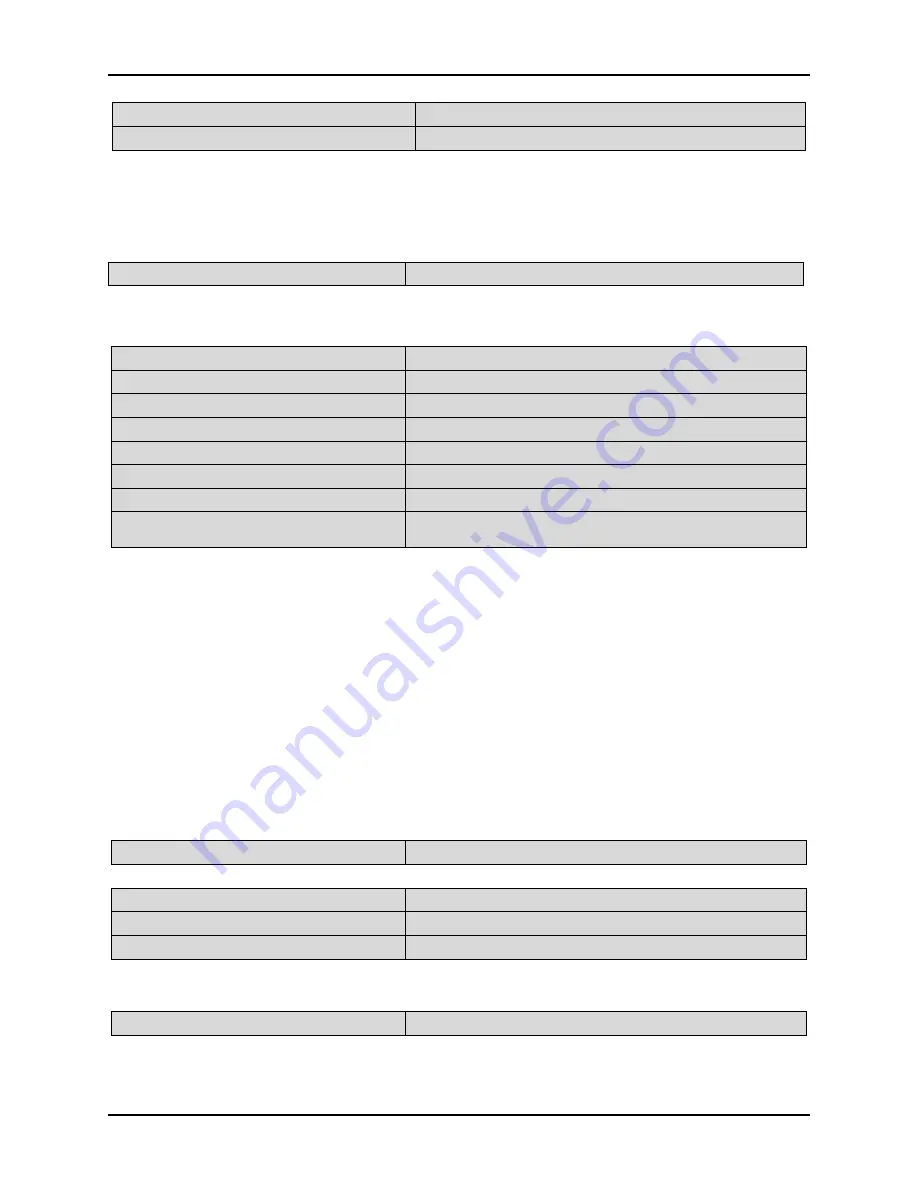
Chapter 5 Detailed Function Introductions
140
P7.06 Analog PID Digital Giving
Setting Range: -P7.07~P7.07 [0.0]
P7.07 Analog PID Given Range
Setting Range: MAX (1.0, |P7.06|) ~1000.0 [100.0]
Notes:
When analog feedback is adopted, digital setting of the keypad giving quantity can be realized. The value is
the actual physical quantity and should match with the range.
Setting and feedback quantity of the analog PID should take this as the benchmark and should be consistent
with the actual quantity.
P7.08 Speed PID Digital Setting
Setting range: 0~24000rpm [0rpm]
Notes:
When PG impulse feedback is adopted, the given value of rotating speed will be set via the keypad. When the
speed PID given range is over 10000, it will be indicated by “1000.”.
P7.09 PID Proportional Gain1
Setting Range:0.1~30 [12]
P7.10 PID Integration Time 1
Setting Range:0.00~100.0s [0.60s]
P7.11 PID Differential Time1
Setting Range:0.00~1.00s [0.00s]
P7.12 Switching Frequency1
Setting Range:0.00~switching frequency 2 [5.00Hz]
P7.13 PID Proportional Gain2
Setting Range:0.1~30 [6]
P7.14 PID Integration Time 2
Setting Range:0.00~100.0s [1.00s]
P7.15 PID Differential Time2
Setting Range:0.00~1.00s [0.00s]
P7.16 Switching Frequency 2
Setting
Range:
switching
frequency1~max.
frequency
[20.00Hz]
Notes:
Proportional gain is the parameter determining the response degree of proportional action to deviation. When
a large value is taken for the proportional gain, the system will act sensitively and the response will be
accelerated. However, if the value is a little larger, the oscillation times will be increased and the adjustment
time will be extended; if it is too large, the system will tend to be unstable; when it is too small, the system
will act slowly and the response will be delayed.
The integration time is used to determine the integration action effect. When the integration time is long, the
response will be slow. In addition, the control ability for the external disturbance will be weaker. When the
integration time is short, the integration action will be strong, the steady-errors will be eliminated, the system
control precision will be promoted, and the response speed will be quick. If the integration time is too short,
oscillation will occur and the system stability will be reduced.
The differential time determines the differential action effect. When the differential time is long, oscillation
caused by the P action in the case of deviation will be attenuated quickly and the adjustment time will be
short. However, if the differential time is too long, oscillation will be caused on the contrary. When the
differential time is short, the attenuation action will be small and the adjustment time will be longer in the
case of deviation. The adjustment time can only be reduced when the differential time is appropriate.
P7.17 Selection of Differential Target
Setting Range: 0, 1 [0]
1: Feedback Differentiation
2: Deviation Differentiation
P7.18 PID Integral Limit
Setting Range: 0.0~100.0% [20.0%]
P7.19 PID Differential Limit
Setting Range:0.0~100.0% [5.0%]
P7.20 PID Output Limit
Setting Range: 0.0~100.0% [100.0%]
Notes:
The above limits are all based on the 100% maximum output frequency.
P7.21 Dormancy delay time
Setting range: 0.00~25.00s [0.00s]
Notes:
PID-controlled Frequency Command Output Delay Time Setting
Содержание 6000S series
Страница 1: ......
Страница 74: ...Chapter 4 Parameter Index 73 P6 18 Stochastic swing ratio MIN Stochastic swing ratio MIN 0 1 10 0 0 1 0712...
Страница 221: ......






























